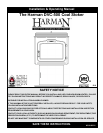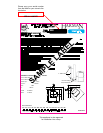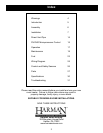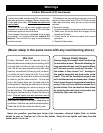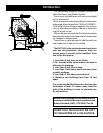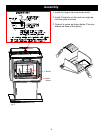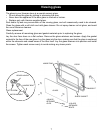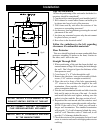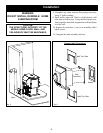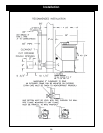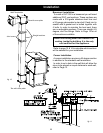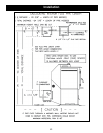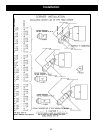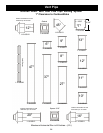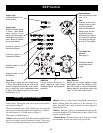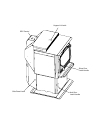Special offers from our partners!

Find Replacement BBQ Parts for 20,308 Models. Repair your BBQ today.

4
Freshly delivered coal is watered down to
eliminate dust when loading and unloading. Wet
rice coal does not ow as well as damp or dry
coal. We do not recommend burning wet coal;
however, we realize if it's the only coal you have,
it is better to burn it than be cold. If you must
burn wet coal, the feed rate must be increased
in order to get the same size re. As the wet
coal in the hopper dries out, the feed rate must
be decreased. Loading wet coal once or twice a
year will not damage your stove as long as it is
hot and burning. The damage is caused when
the hopper has wet coal in it when the stove is
cold. This will cause rust and corrosion and it
is totally the operator’s fault. Usually after the
coal dries for three or four days, depending on
conditions, it will ow very well and feed properly.
Feed rate will be the same as with dry coal.
Carbon monoxide, referred to as CO, is a colorless,
odorless gas that is produced during combustion
of coal and other fuels.
The DVC 500 is a closed loop system specially
designed to prevent the escape of CO and other
combustion products from the stove.
Even though this stove is designed to be as safe
as possible, it is important that you
This is true for oil, gas, or wood burning
products as well.
CO detectors are very sensitive and may sound an
alarm for fumes other than CO or CO from sources
other than the stove such as car or lawn mower
exhaust.
If the alarm sounds
1. Increase ventilation by opening windows or doors.
2. Make sure the stove doors and hopper lid are
closed and latched.
3. Check stove for electrical power and normal
operation.
4. Check for false alarm.



